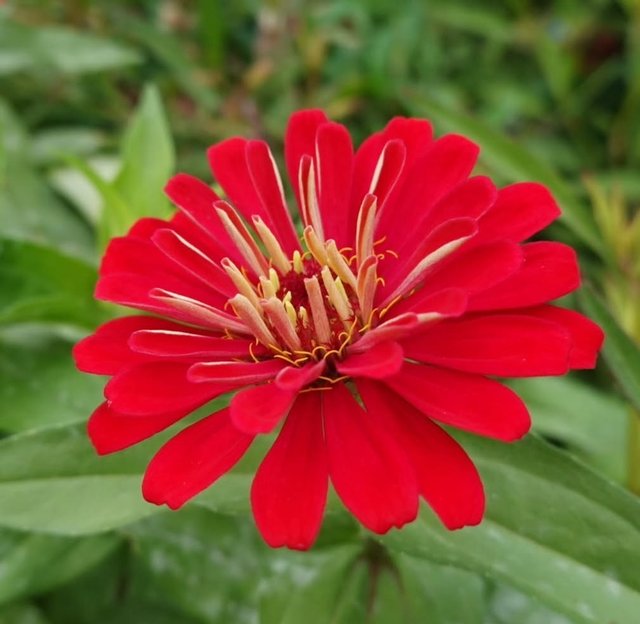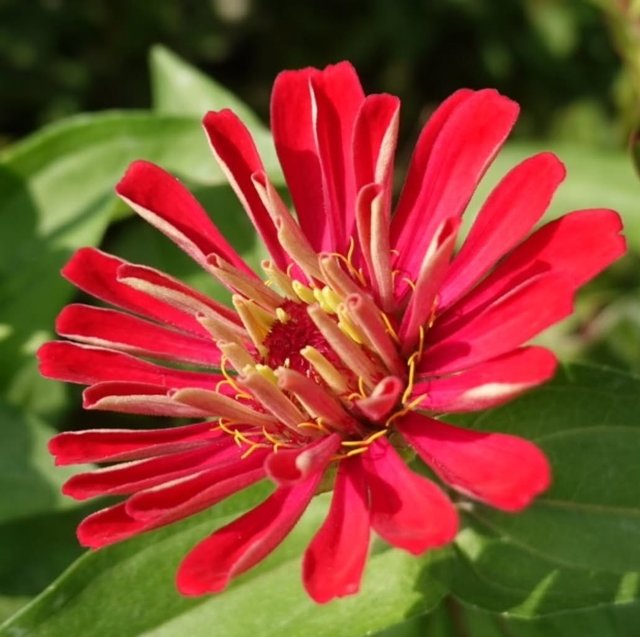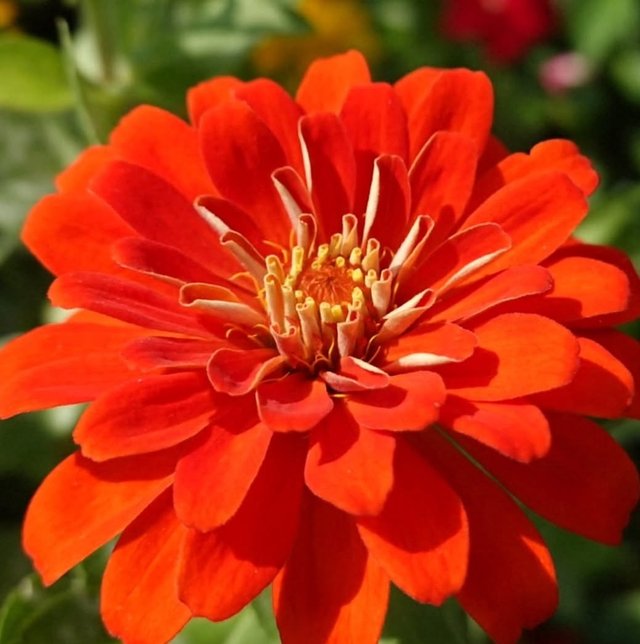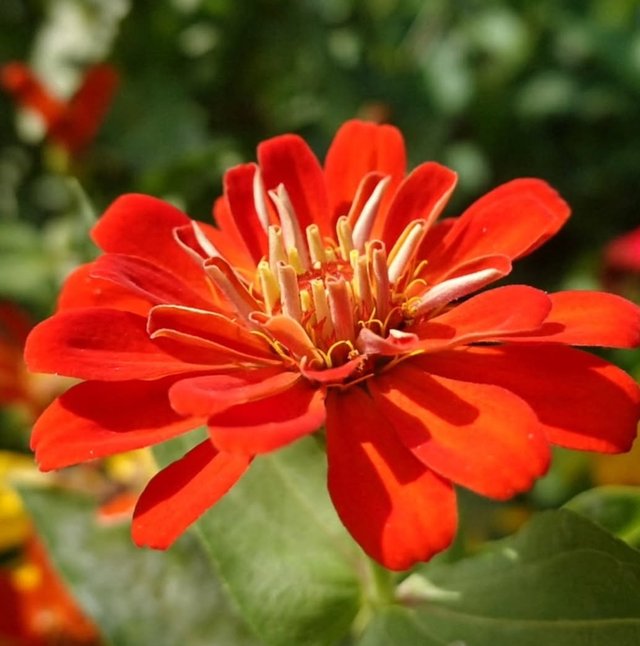Beautiful Colour Common Zinnia Flower
The Common Zinnia is one of the most popular and widely grown annual flowering plants in gardens around the world. Known for its bright colors, ease of cultivation, and long-lasting blooms, this cheerful flower has become a symbol of summer gardens and floral displays. Originating from Mexico, where it was first discovered in the wild, the Common Zinnia has traveled far beyond its native range and now thrives in diverse climates, delighting gardeners with its simplicity and beauty.The Common Zinnia is loved for its wide array of flower shapes, sizes, and colors. Its blooms can be single, semi-double, or fully double, resembling little pom-poms or even dahlia-like forms. Colors span across the spectrum, including shades of red, pink, orange, yellow, purple, and white. Some cultivars even feature striking bi-colored petals. Depending on the variety, the plant can grow anywhere from 6 inches tall for dwarf forms to over 3 feet for taller types, making it versatile for borders, beds, and containers.
The flowers are typically daisy-like in form, with a central disk surrounded by colorful ray florets. The foliage consists of rough, lance-shaped leaves, and the stems are upright and sturdy, capable of supporting the profusion of blooms.
One of the reasons the Common Zinnia is so beloved by gardeners is its low maintenance needs. It thrives in warm weather and full sun, flourishing in well-drained soil. Zinnias are tolerant of a wide range of soil types but do best in moderately fertile ground. They grow rapidly from seed, often germinating within a week, and can begin flowering just a couple of months after planting. Because of their adaptability, they are often used in beginner gardens, school projects, and large-scale flowerbeds.
Zinnias also have excellent heat tolerance, making them perfect for hot summer days when other flowers may begin to wilt. Regular deadheading encourages continuous blooming throughout the season, and they are generally resistant to pests, although powdery mildew can sometimes appear in humid conditions.
Beyond their ornamental appeal, Common Zinnias are highly valuable to pollinators. Bees, butterflies, and even hummingbirds are drawn to their nectar-rich blooms, making them an excellent addition to pollinator-friendly gardens. Monarch butterflies, in particular, are frequent visitors, using zinnias as a reliable nectar source during migration.




